
Alopecia – Hair Loss Problem
Can you imagine having patches of your hair fall out with no obvious reason? Some people have to live with that reality and suffer from a condition known as Alopecia (Scientific term Alopecia Areata). It is estimated that Alopecia may affect 2% of the population at a specific time. If you happen to be a female and the Alopecia Areata evidenced itself in the face (chin area), that might not vividly show, but generally speaking losing patches of hair in any area of your head or body is a sign that something is definitely wrong.
No matter how and why normal hair loss can be devastating. There is no specific cause for Alopecia Areata, but many doctors agree that genes may have a strong effect. Twenty percent of people with Alopecia have people in their family with the same condition. Certain medications, old age, and vitamin deficiencies are thought to be a normal reasons for hair loss.
However, emotional stress and pathogens may have a factor in causing Alopecia. Besides, Alopecia is thought to be an autoimmune disease, where the body attacks its hair follicles. This causes the hair follicles to deteriorate and stop hair growth.
There are many different types of Alopecia Areata, depending on the location and size of the bald spot.
- Alopecia Areata Monolocularis: baldness in only one spot, anywhere on the scalp.
- Alopecia Areata Multicularis: multiple bald spots on the scalp.
- Alopecia Areata Barbae: bald spots on the beard area.
- Alopecia Areata Totalis: all hair on the scalp is lost.
- Alopecia Areata Universalis: all hair on the body is lost.
Alopecia areata Totalis and Universalis are the rarest types of the disease.
The most obvious symptom of Alopecia is gradual hair loss, which will turn into a visibly bald spot in few days. The spots tend to be small, soft, and round. After hair loss, the spot might tingle or be slightly painful. Hair tends to fall over a short period and falls more on one side of the scalp than the other.
Alopecia is most likely determined by skin Biopsies and slight tugging of the hair. Topical Corticosteroids (Cream) such as Clobetasol and Fluocinonide can be administered by a doctor. This is to limit the area of hair loss. However, these may fail as they may not reach the hair bulbs to treat the condition. In this case, other forms of treatment should be used.
Injections of steroids may be used to treat small areas of hair loss, such as the eyebrows. Also, UV light may be used as a form of treatment, clashing with the popular belief that UV light is damaging. UV light is damaging in all aspects of the body, but it can be used to treat Alopecia as it impairs immune cells. As a result, the immune cells will no longer attack the hair follicles, preventing Alopecia to form.
Biotin is a vitamin B complex that is recommended for hair loss. Biotin supplements can be bought over the counter at local pharmacies or drug stores. Minoxidil is another form of treatment that is a vasodilator. It functions in stopping hair loss and is sold commercially as Rogaine. Unfortunately, Alopecia and baldness are not the same.
The No-Hype Approach to Stop Hair Loss
Hair Loss Black Book
Ciclosporin and Tacrdimus are immunosuppressant drugs that can be administered to prevent the body from attacking its cells. These can be harmful as they shut down the body’s immune system where a simple cold may be fatal.
Fifty percent of people who have faced Alopecia Areata will have hair growth within a year with no treatment at all. As a result, many people may decide to not treat the condition at all. Sometimes the condition may progress to the worse (Totalis and Universalis). At these times, positive outcomes require fast treatment. If the disease occurs with children, it may be permanent.
People with Alopecia have a higher incidence of asthma, allergies, and hypothyroidism (a condition where there isn’t enough of the thyroid hormone). Alopecia occurs more in males than in females. And in some cases, using wigs also help in the psychological aspect of the problem.
Sites for more info
http://www.patient.co.uk/doctor/Alopecia.htm
This article is not intended or acts as a substitute for a prescription for Alopecia. Please consult your doctor and or your pharmacy.

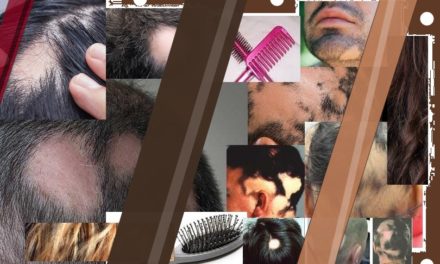







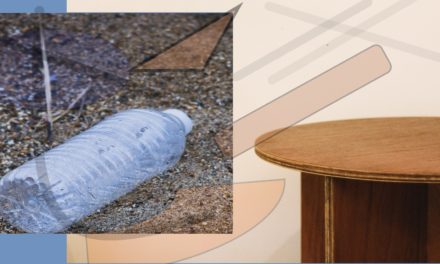





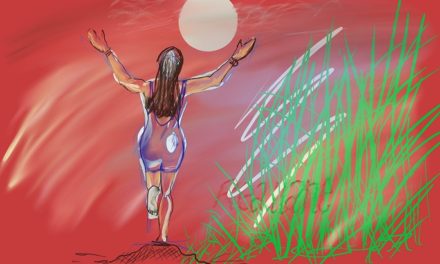






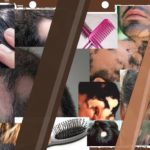
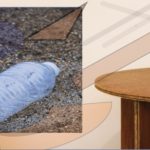



Most Recent Comments